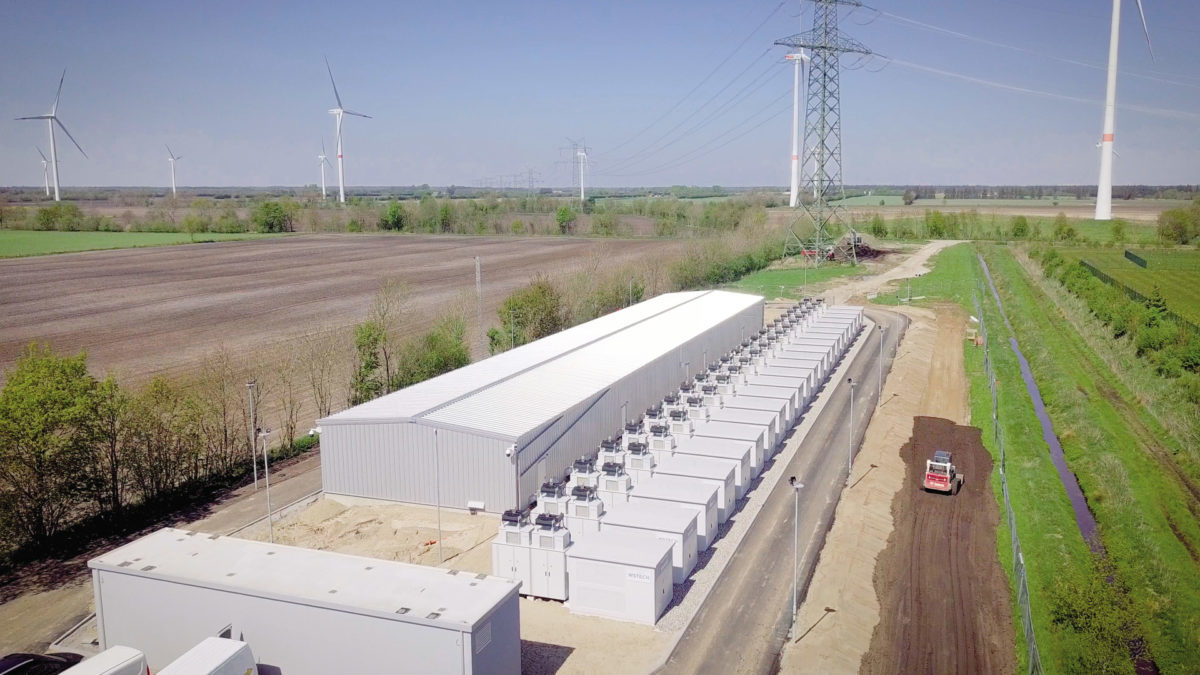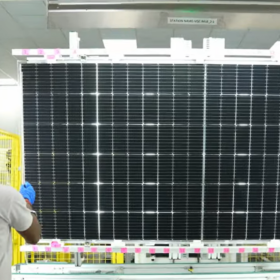Energy storage installations around the world will multiply exponentially, from a modest 9 GW/17 GWh as of 2018 to 1,095 GW/2,850 GWh by 2040, according to the latest forecast by research company BloombergNEF (BNEF).
South Korea, the leader in 2019, will cede its position to China, which will be closely followed by U.S. The other significant markets include India, Germany, Latin America, Southeast Asia, France, Australia and the U.K.
By 2040, China’s cumulative energy storage capacity would grow to 226,836 MW from 820 MW in 2018. USA will have 178,449 MW and India 72,051 MW against respective figures of 1534 MW and 2 MW in 2018.
The 122-fold boom of stationary energy storage over the next two decades will require $662 billion of investment, according to BNEF. It will be made possible by further sharp declines in the cost of lithium-ion batteries, on top of an 85% reduction in the 2010-18 period.
BNEF’s Energy Storage Outlook 2019 predicts lithium-ion battery costs per kilowatt-hour will halve by 2030, as demand takes off in stationary storage and electric vehicle markets.
The total demand for batteries from the stationary storage and electric transport sectors is forecast to be 4,584 GWh by 2040, providing a major opportunity for battery makers and miners of component metals such as lithium, cobalt and nickel.
Majority to be utility-scale
Yayoi Sekine, energy storage analyst for BNEF and co-author of the report, said: “The majority of new capacity will be utility-scale, rather than behind-the-meter at homes and businesses.”
BNEF’s analysis suggests that cheaper batteries can be used in more and more applications. These include energy shifting (moving in time the dispatch of electricity to the grid, often from times of excess solar and wind generation), peaking in the bulk power system (to deal with demand spikes), as well as for customers looking to save on their energy bills by buying electricity at cheap hours and using it later.
Logan Goldie-Scot, head of energy storage at BNEF, added: “In the near term, renewables-plus-storage, especially solar-plus-storage, has become a major driver for battery build. This is a new era of dispatchable renewables, based on new contract structures between developer and grid.”
Demand drivers
Falling wind, solar and battery costs mean wind and solar are set to make up almost 40% of world electricity in 2040, up from 7% today. Meanwhile passenger electric vehicles could become a third of the global passenger vehicle fleet by 2040, up from less than half a percent today, adding huge scale to the battery manufacturing sector.
Demand for storage will increase to balance the higher proportion of variable, renewable generation in the electricity system. Batteries will increasingly be chosen to manage this dynamic supply and demand mix.
This article was updated by Uma Gupta on August 2, 2019, with additional figures on country-wise energy storage capacities.
This content is protected by copyright and may not be reused. If you want to cooperate with us and would like to reuse some of our content, please contact: editors@pv-magazine.com.









To read this type of news that will change the total landscape of power in its generation and utilization is gladdening indeed. All the more happy to see that India is among the front runners who will shoulder a major share and pilot the change and development. Developing economies will have to maintain sustained progress on projects envisioned in this industry without allowing a retreat or slump. Governments spearheading such plans will have to work and make business in this sphere function in an atmosphere that will be easy for performance expected to match the plan.
Thanks for your feedback sir, I have received some figures wrt India market, which I will add to the article tomorrow. So don’t forget to recheck the article for some extra info!
More storage capacity means better utilisation of Solar PV. Thanks for updating the facts.